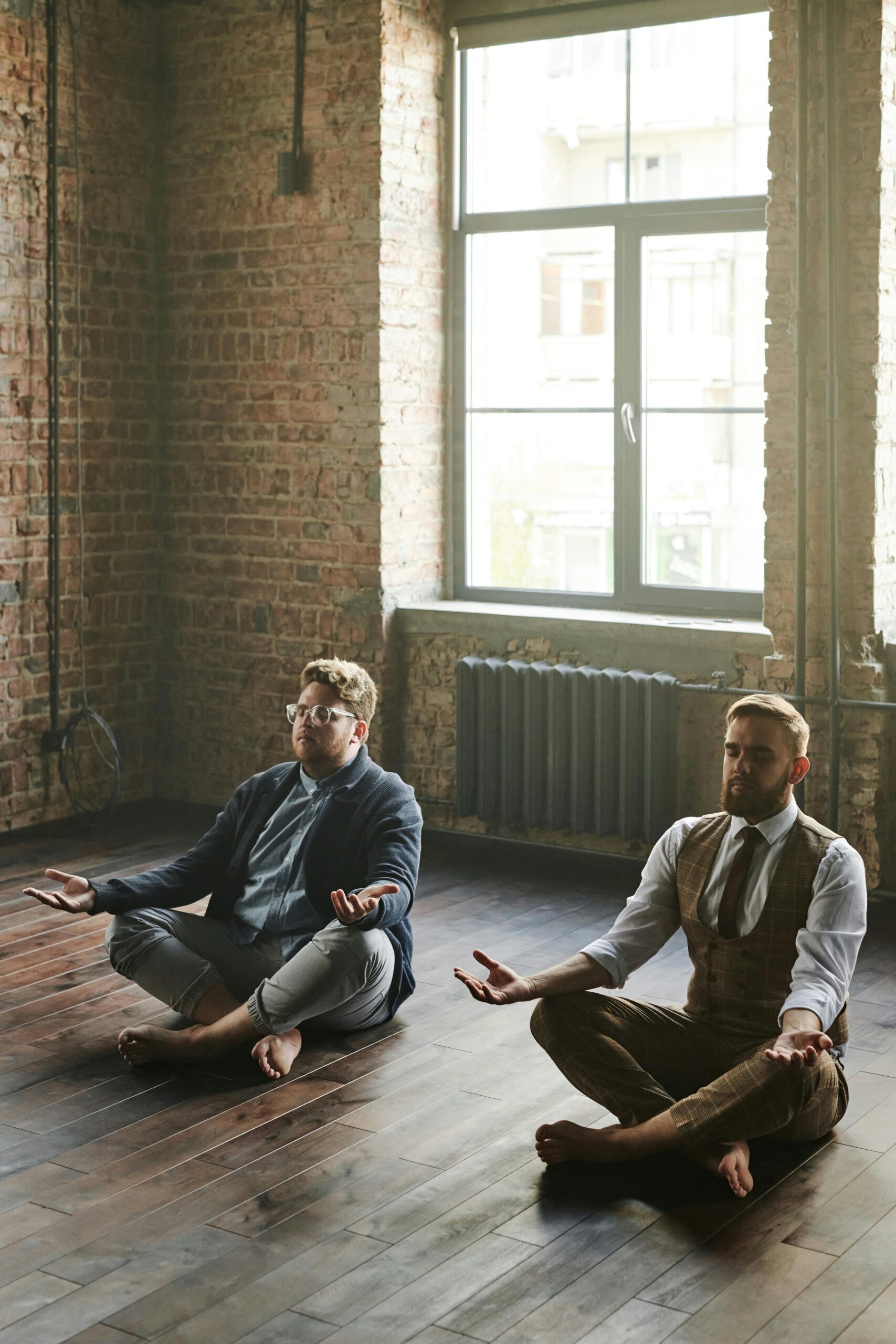Photo by Alex Green
Launching a brand as a franchise demands strategic vision, tenacity, and meticulous planning. From concept validation to franchisee recruitment, this journey transforms a proven model into a scalable powerhouse. Entrepreneurs learn how to package systems, train others, support growth, and protect brand integrity.
HOW ENTREPRENEURS LAUNCH A BRAND AS A FRANCHISE WITH PROVEN GROWTH STRATEGIES
By Gary Occhiogrosso, Founder Franchise Growth Solutions
The Franchise Growth Engine in America
Each year in the United States, an estimated 20,000 new franchised locations open their doors. This figure is more than a statistic; it’s a signal that entrepreneurship through franchising is thriving. For entrepreneurs with a successful, scalable concept, franchising offers a proven pathway to expansion while minimizing financial risk and capital exposure.
The U.S. franchise sector consists of more than 850,000 units and continues to grow at an average rate of 2.5 percent annually. Approximately 300 new companies begin offering franchises each year. These growth figures span across industries, from food and beverage to health and wellness, pet care, home services, and education. In other words, franchising is no longer limited to burgers and fries, it’s a dynamic system that appeals to a new generation of mission-driven operators and impact-minded investors.
Proving the Concept
Before you can offer a franchise, the business must prove it works. Not just once—but repeatedly. Entrepreneurs must demonstrate consistent revenue, profitability, and operational stability. You need evidence that the unit-level economics are strong enough to attract franchisees and that the processes are clear and transferable.
A successful prototype validates demand in a local market. But franchising is not about building a local business—it’s about building a national or regional system. You need to ask, “Can this model work in Chicago, Tampa, or Phoenix?” If the answer is yes, you are ready for the next stage.
Building the Franchise System
Once the core business is validated, the entrepreneur must build infrastructure for franchising. This means creating a detailed operations manual, developing training programs, defining marketing guidelines, and building the systems and support structures that will ensure consistency across all locations. This is where most businesses stumble.
Franchising is not just about branding or scaling. It’s about teaching others how to replicate your systems. Franchisees expect turnkey models with clearly defined processes. Every detail, from customer service scripts to inventory ordering systems, must be documented and packaged into a franchise operations system.
This stage also includes defining the franchise fee, royalty structure, territory model, and franchisee support. These components determine your financial structure and competitive positioning in the market. If done properly, this creates the foundation for sustainable growth and unit-level profitability.
Legal Preparation and Compliance
Next comes the legal framework. Franchising in the U.S. is regulated by the Federal Trade Commission and requires a Franchise Disclosure Document, known as the FDD. This document is mandatory. It discloses detailed information about the business, including costs, training, support, franchisee obligations, and potential earnings claims.
The FDD also includes your franchise agreement—a binding contract between you and your franchisees. Entrepreneurs should work with experienced franchise attorneys to ensure the documents are compliant, fair, and protective of the brand.
Without this documentation, you cannot sell a franchise legally in the U.S. This step is essential and should never be rushed or handled by anyone lacking specific franchise legal expertise.
Franchisee Recruitment and Marketing
With a strong brand and a legally compliant offering in place, the next step is to find qualified franchisees. This is part sales, part storytelling, and part matchmaking. It involves identifying people who believe in your mission, can follow your system, and have the capital and operational discipline to build a business under your banner.
Marketing the franchise opportunity is key. Entrepreneurs use franchise portals, digital advertising, SEO-optimized franchise websites, trade shows, email campaigns, social media, and PR to generate interest. Common Google searches from candidates include “franchise opportunities,” “franchise training support,” “franchise cost analysis,” and “best franchises to own.”
Your franchise recruitment materials must answer these questions clearly: What does it cost? What support is offered? What’s the investment return? What’s the brand vision? What’s the training process? These are make-or-break moments for converting interest into committed franchisees.
Training and Launch Support
Once a franchisee signs the agreement and pays the initial franchise fee, the franchisor begins onboarding and training. This includes classroom instruction, hands-on experience at existing locations, field training at the franchisee’s site, and access to manuals, videos, and ongoing support systems.
Training typically covers daily operations, hiring and managing staff, technology use, customer service protocols, marketing, and local outreach. It’s not enough to simply give franchisees tools—you must ensure they know how to use them effectively.
Grand opening support often includes assistance with site selection, lease negotiation, marketing plans, and operations setup. Done well, this increases the odds of early-stage success and long-term retention.
Marketing, Brand Building, and Adaptation
Franchising also requires brand discipline. While franchisees operate independently, the customer must never feel a difference between locations. Your role as the franchisor is to maintain brand consistency across menus, packaging, customer experience, and advertising. This builds trust and loyalty.
At the same time, regional adaptation is key. Allowing some local flair—within controlled guidelines—can help franchisees engage their communities more authentically. Think of it as centralized creativity, where franchisors provide templates and franchisees localize.
Successful systems invest heavily in national brand campaigns while empowering franchisees with ready-to-launch local marketing toolkits. Today’s most sought-after franchise brands offer digital marketing support, social media guidance, influencer playbooks, and geo-targeted promotions.
Growth Strategy and Support
Strong franchisors never stop supporting. They monitor unit-level economics, conduct field visits, share best practices, introduce innovation, and host annual conferences. This keeps franchisees engaged and reinforces culture.
Growth-oriented brands also offer multi-unit incentives, area development rights, and national territory planning. Entrepreneurs must stay proactive in managing growth without compromising quality. As you add franchisees, your support systems must evolve to scale.
Franchisees expect regular communication, performance feedback, and proactive business coaching. Without this, performance can drift, and brand integrity can erode. Great franchise companies treat their network as their primary customer.
Why Entrepreneurs Choose Franchising
Franchising allows entrepreneurs to scale faster and reduce capital exposure. By using franchisee capital to build locations, the brand can expand without taking on debt or giving up equity. This reduces risk while increasing brand presence and overall revenue.
From a national economic perspective, franchising generates more than $936 billion in annual output in the U.S. and employs over nine million people. That’s more than many sectors combined. Entrepreneurs who convert their businesses into franchises tap into a system that fuels both personal and economic growth.
Industry Trends and Future Outlook
As consumer demand shifts, the fastest-growing franchises are in health, fitness, education, and personal services. Entrepreneurs looking to franchise now must address changes in technology, work-from-home culture, and AI-driven customer engagement.
Franchise development budgets are expected to rise by over 13 percent in 2025, driven by greater competition for quality franchise candidates. At the same time, franchise technology platforms for training, support, and lead conversion are becoming more sophisticated. The next decade of franchising will belong to those who embrace digital systems, flexible formats, and franchisee-centric cultures.
Conclusion
Launching a franchise brand in the United States is a rigorous but rewarding path. It requires deep operational discipline, legal compliance, franchisee alignment, marketing precision, and a long-term commitment to growth and excellence. For entrepreneurs who believe in their business model and are ready to scale, franchising offers one of the most efficient and rewarding methods of expansion.
Franchising is not just a business model, it’s a movement of entrepreneurship, independence, and opportunity. If you have the right brand, the right vision, and the right systems, you can create something bigger than a business, you can create a legacy.
Copyright Gary Occhiogrosso. All worldwide rights reserved.
Sources Used (Removed from Body Text)
- International Franchise Association – Economic Outlook Report
- Franchise.com – AFDR Development Report
- Franchising.com – Industry Statistics & Growth Projections
- WebFX – Franchise Data & Business Analysis
- NY Engineers – Franchise Market Output
- HigherVisibility – Franchise Marketing Trends
- VettedBiz – Franchise Fees and Investment Averages
- NorthOne – Franchising Employment and Growth Metrics
- Franzy – Franchising Trends and Brand Count Reports
LEARN MORE HERE
This article was researched, outlined and edited with the support of A.I.










